Have you ever put on a piece of clothing that instantly made you feel brighter, fresher, more like yourself? Or maybe the opposite happened, a shirt you love just doesn’t look right when you wear it, and you can’t quite explain why.
This is where color analysis comes in, a method that helps you figure out which colors actually suit you best, based on your natural features like skin tone, hair color, and eye color. In this article we’ll detail how color analysis works and how you can use it to build a wardrobe that flatters you and boosts your confidence.
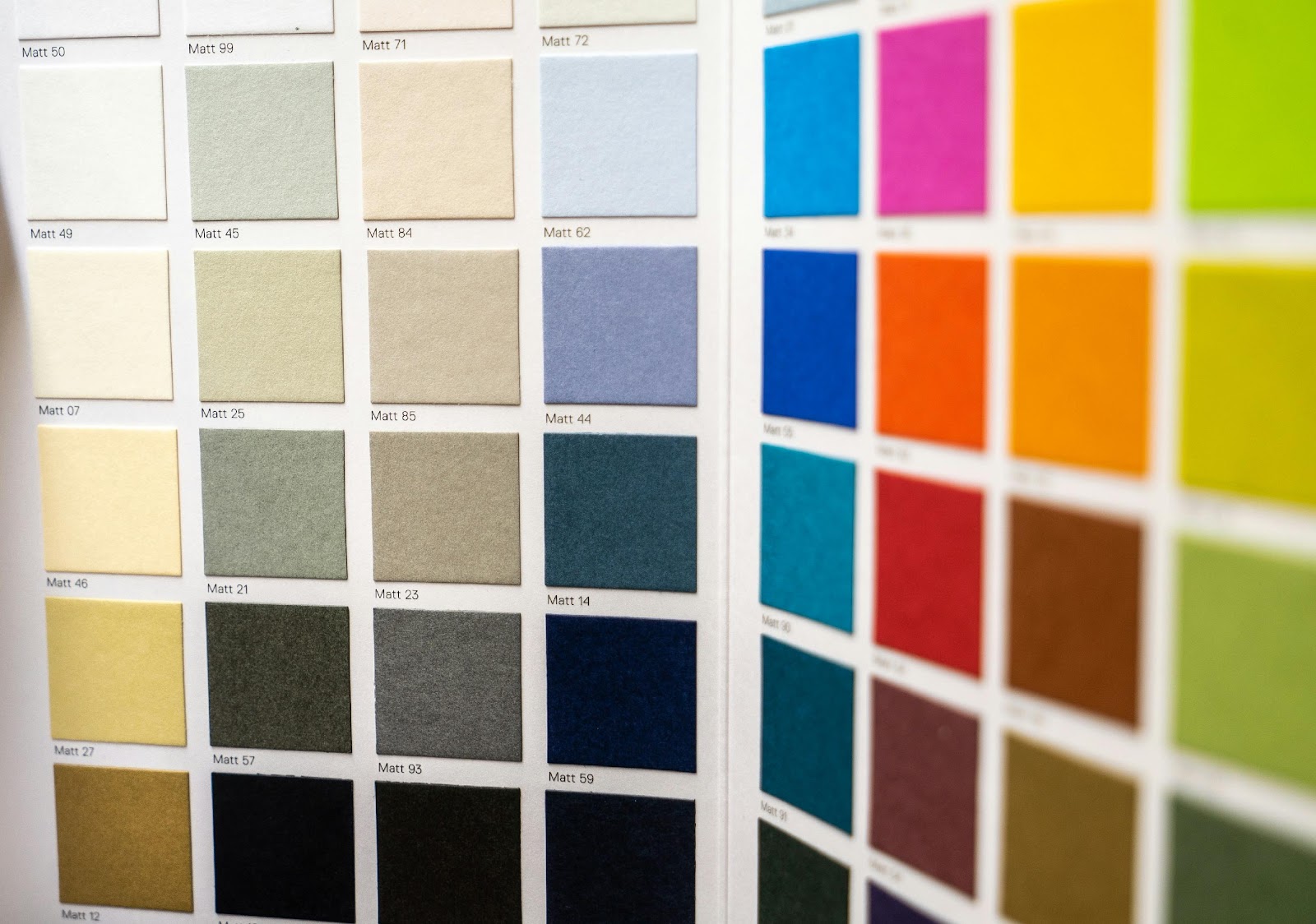
1. What Is Color Analysis
Color analysis is a system used in fashion and personal styling to identify which colors naturally enhance your appearance. It’s based on the idea that some colors will harmonize with your features, while others might appear dull or overpower you.
The purpose of a color analysis is to help you choose clothing and accessories that bring out your natural beauty, make smarter shopping decisions, and make you feel more confident in what you wear.
Wearing the right colors can brighten your skin, make your eyes pop, and help you look more rested with no makeup or extra effort needed. Even better, once you know your colors, your wardrobe becomes easier to coordinate, and you'll shop less while having more options to wear.
2. The History of Color Analysis
The idea of seasonal color analysis started gaining popularity in the 1980s when Carole Jackson published “Color Me Beautiful”. She introduced the concept of four seasons (spring, summer, autumn, and winter) as a way of categorizing people’s color palette. Since then, the system has evolved. Now there are more detailed subcategories that reflect how complex and unique people’s color palette can be. It’s no longer just about being a winter, it’s about finding the exact color tone that suits you based on your detailed features. And yes, it does make a real difference in finding what clothing colors match you best.
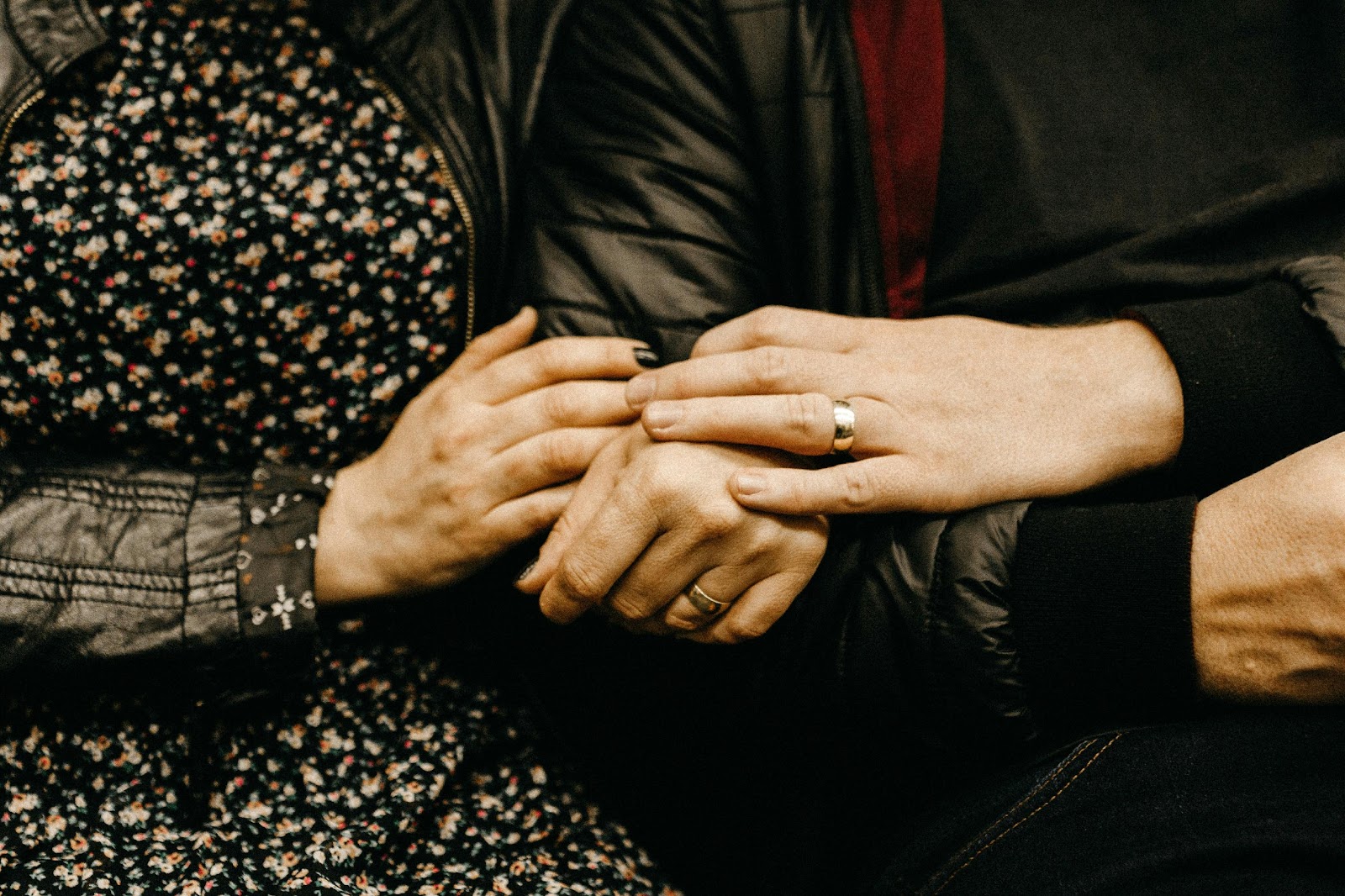
3. The Basics: Hue, Value, and Chroma
There are three main ideas in color theory that are used in analysis:
- Hue – colors can be warm (yellow-based) or cool (blue-based)
- Value – colors can be light or dark
- Chroma – colors can be bright and clear, or soft and muted
Your natural colors are variations of these qualities. When your clothing matches those characteristics, it feels cohesive and natural. When it clashes, it can make your skin look tired or uneven.
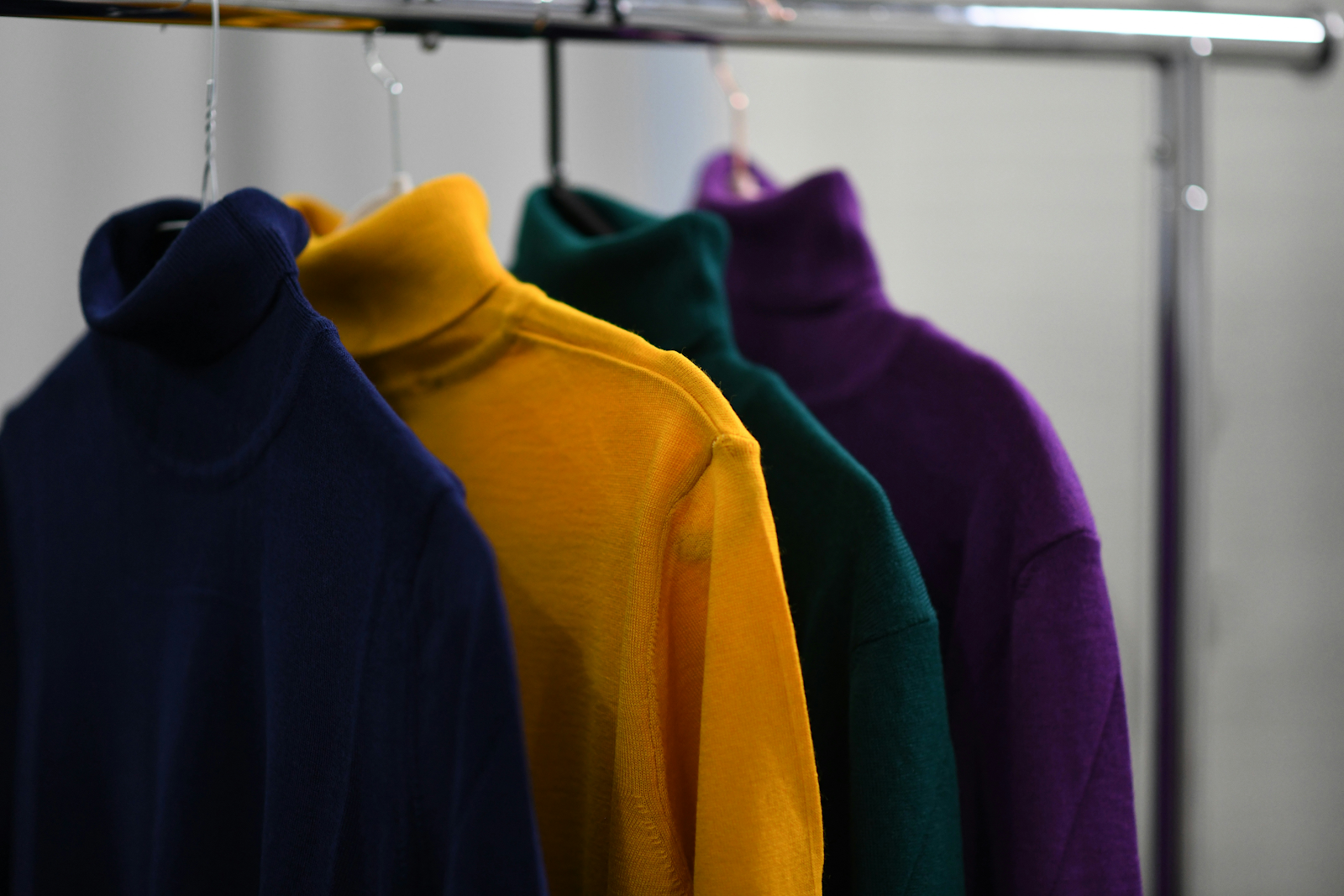
4. The Four Seasonal Palettes
In color analysis there are four main categories based on seasons that describe people:
Spring
- Undertone: Warm
- Colors: Peach, coral, light green, ivory, soft turquoise
- Metals: Yellow gold, rose gold
- Celebrities: Amanda Seyfried, Emma Stone, Blake Lively
Spring types have light, warm coloring: golden blonde, strawberry blonde, or light auburn hair, and warm, fair skin. They look best in fresh, warm, and clear colors.
Summer
- Undertone: Cool
- Colors: Pastel pinks, powder blue, lavender, soft grey, dusty rose
- Metals: Silver, platinum
- Celebrities: Cate Blanchett, Emily Blunt, Gisele Bündchen
Summer types have light skin with cool undertones, soft ash-blonde or brown hair, and a gentle, romantic coloring. They look best in soft, cool, and muted tones.
Autumn
- Undertone: Warm
- Colors: Olive green, mustard yellow, terracotta, rust, camel
- Metals: Gold, bronze, copper
- Celebrities: Julianne Moore, Jessica Chastain, Jennifer Lopez
Autumn types have rich, earthy coloring like warm brunettes and redheads. They look best in golden, muted, and earthy tones.
Winter
- Undertone: Cool
- Colors: Black, navy, icy pink, jewel tones, pure white
- Metals: Silver, white gold
- Celebrities: Anne Hathaway, Lupita Nyong’o, Megan Fox
Winter types have high contrast in their features, like dark hair and light skin, and cool undertones. They look best in bold, clear, and high-contrast colors.
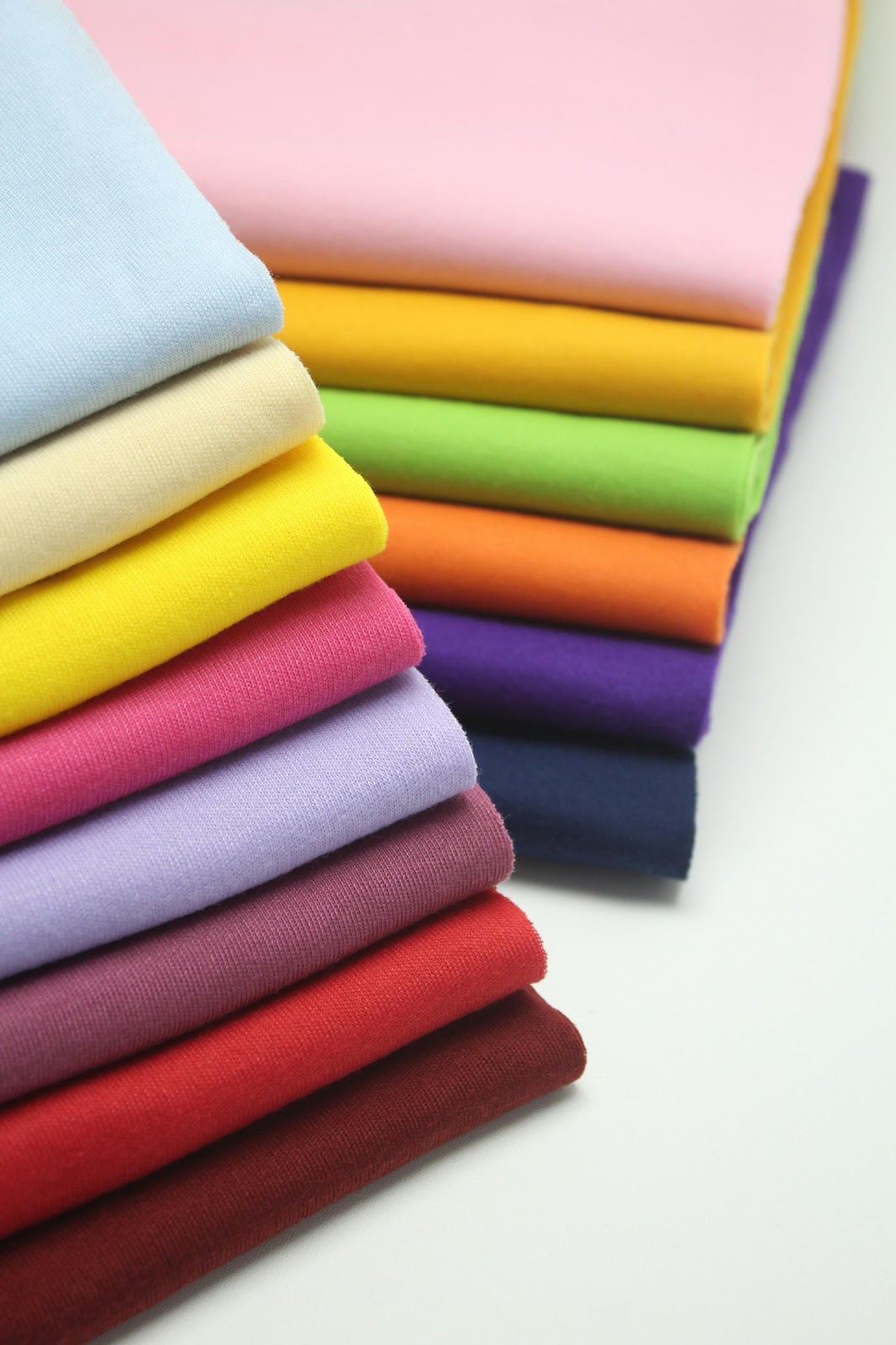
5. How You Can Find Your Season
You don’t need a professional stylist to get started. Here’s how you can begin to figure out your authentic color palette:
- Check your veinsLook at your inner wrist in daylight. If your veins look blue, it means you have cool undertones, and if they look green, it means you have warm undertones. If they are a mix of blue and green, then you have a neutral undertone.
- Notice eye color and hair color
Your hair color and eye color can be clear indicators of a specific season. Of course, they can be changed by wearing colored contact lenses or hair dye, but make sure that they accurately match with your overall color palette and are in harmony with your skin undertone.
- Try the jewelry testHold up gold and silver jewelry to your face. Decide which one makes your skin glow and eyes stand out. That metal is usually the best match, and you can check which season it suits most.
- Observe natural contrastIf you have a big difference between your hair and skin tone, for instance black hair and pale skin, then you have a high contrast, which is typical of winter or spring types. Low contrast individuals have, for instance, light hair and light skin tone or darker hair and darker skin tone.
- Drape testTry holding different colored clothing next to your face in natural light. See which ones make your skin stand out and which ones wash you out.
If you feel overwhelmed, don’t worry, you can always use apps, guides, or work with a stylist later for an expert opinion.
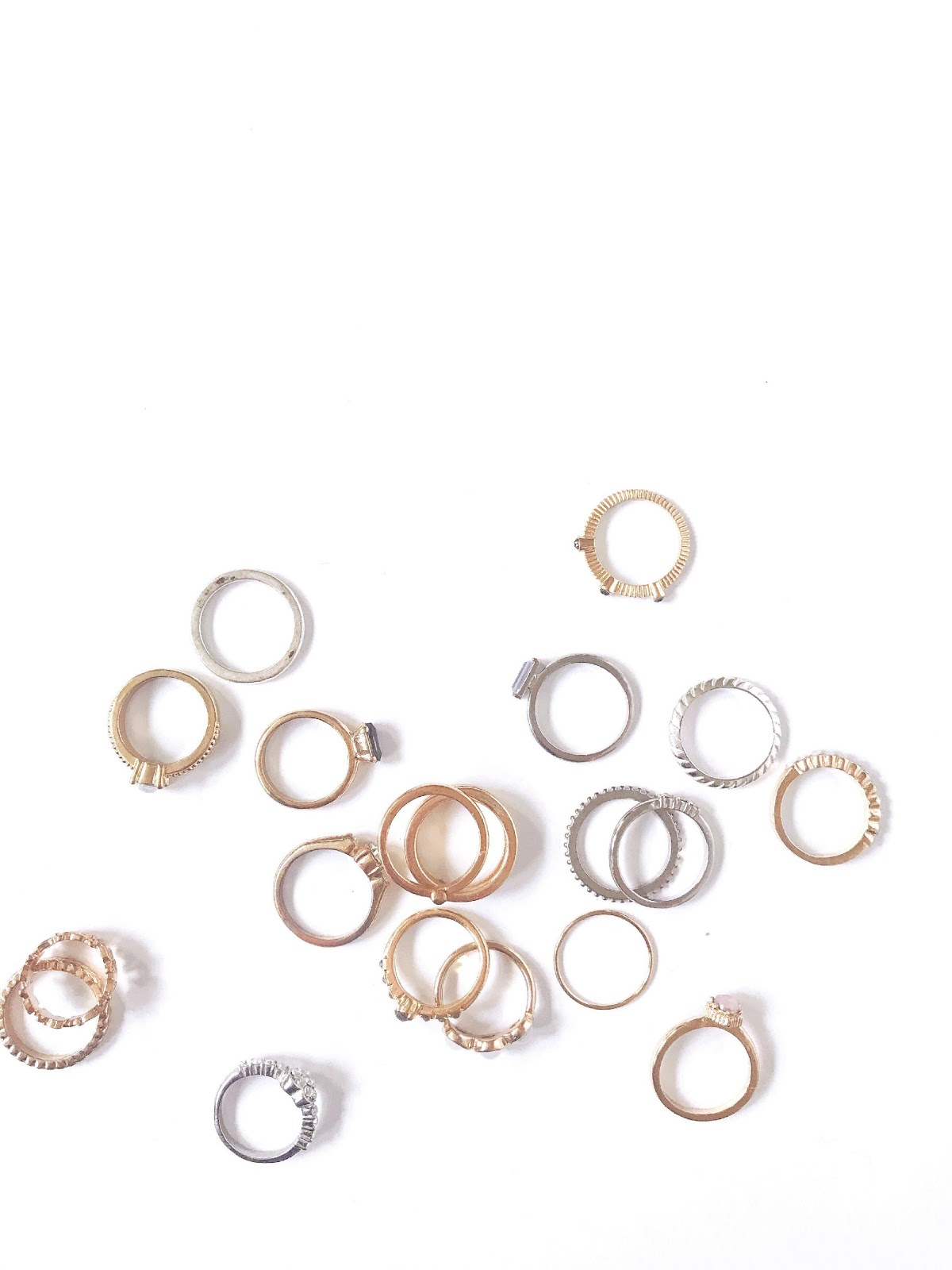
6. How to Use Your Color Palette
Once you have a sense of your season, you can start building an efficient wardrobe that flatters you most.
Here’s build or adjust your wardrobe based on your color season:
- Stick to your season’s neutralsEach palette comes with its own set of neutral shades. These become the base of your outfits for your coats, pants, and basic tops.
- Add color through accentsAdd color in more subtle ways through scarves, shoes, jewelry, or lip color, so that the look gets more elegant and elevated.
- Match undertone to undertoneAvoid mixing warm and cool in one outfit, unless it’s for fashion purposes. Warm undertones have the best harmony with warm colors and cool undertones with cool-colored pieces.
- Use the rule of threeIf you want to achieve a good balance you can wear one neutral, one main color, and one accent. This way, your outfit is cohesive without being too simple.
- Balance your contrastIf you’re high contrast you can wear black and white for instance. If you’re low contrast, soft blends will look more natural on you.
- Coordinate patternsPick patterns that reflect your palette’s tones. Even a simple floral can make a big difference if the colors suit you.
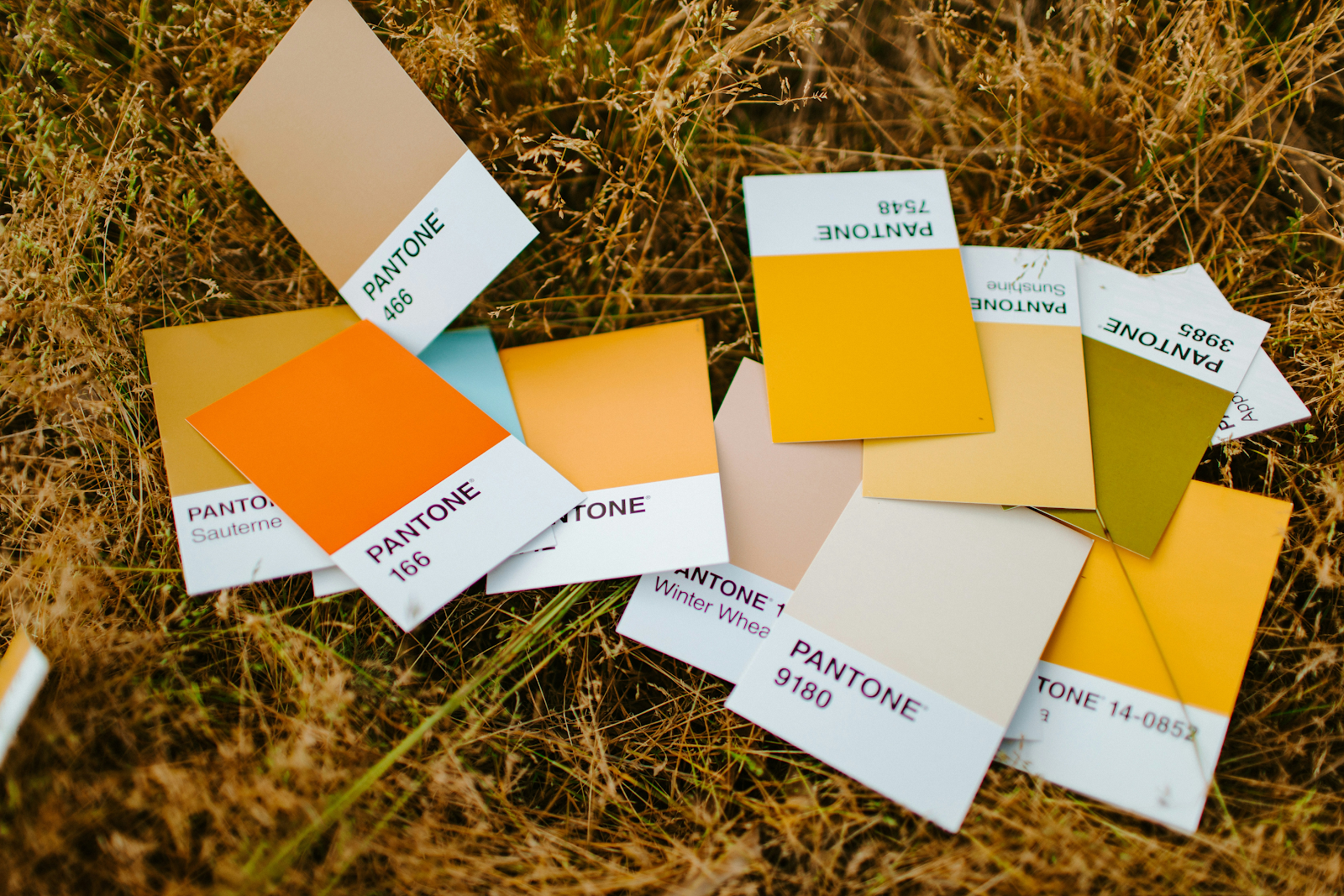
7. Examples and Transformations
You can look up celebrity transformations for inspiration. A tip is to try and find celebrities that have very similar features to you and see what color palette suits them best. When celebrities wear colors outside their palette, even the most glamorous can look dull or tired, but when they wear suitable colors, the difference is impressive.
Here are some real-life examples:
- Taylor Swift is a light spring, and she suits the best pastels, corals, and gold but her shine is dimmed in colors like navy blue, black or white that belong to the winter palette.
- Anne Hathaway is a dark winter, and she looks amazing in icy tones and bold jewel colors but looks faded in yellow or camel that belong to the autumn palette.
- Jennifer Lopez is a true autumn, and she suits best bronze and olive but gets overwhelmed by blue-toned pastels that belong to the summer palette.
- Cate Blanchett is a light summer, and looks best in soft silver-grey, while red and orange that belong to the spring palette can make her appear tired.
You can see the same effect in real people too. There are many photo comparisons online where someone looks noticeably more refreshed and put together just by wearing better-matched colors.
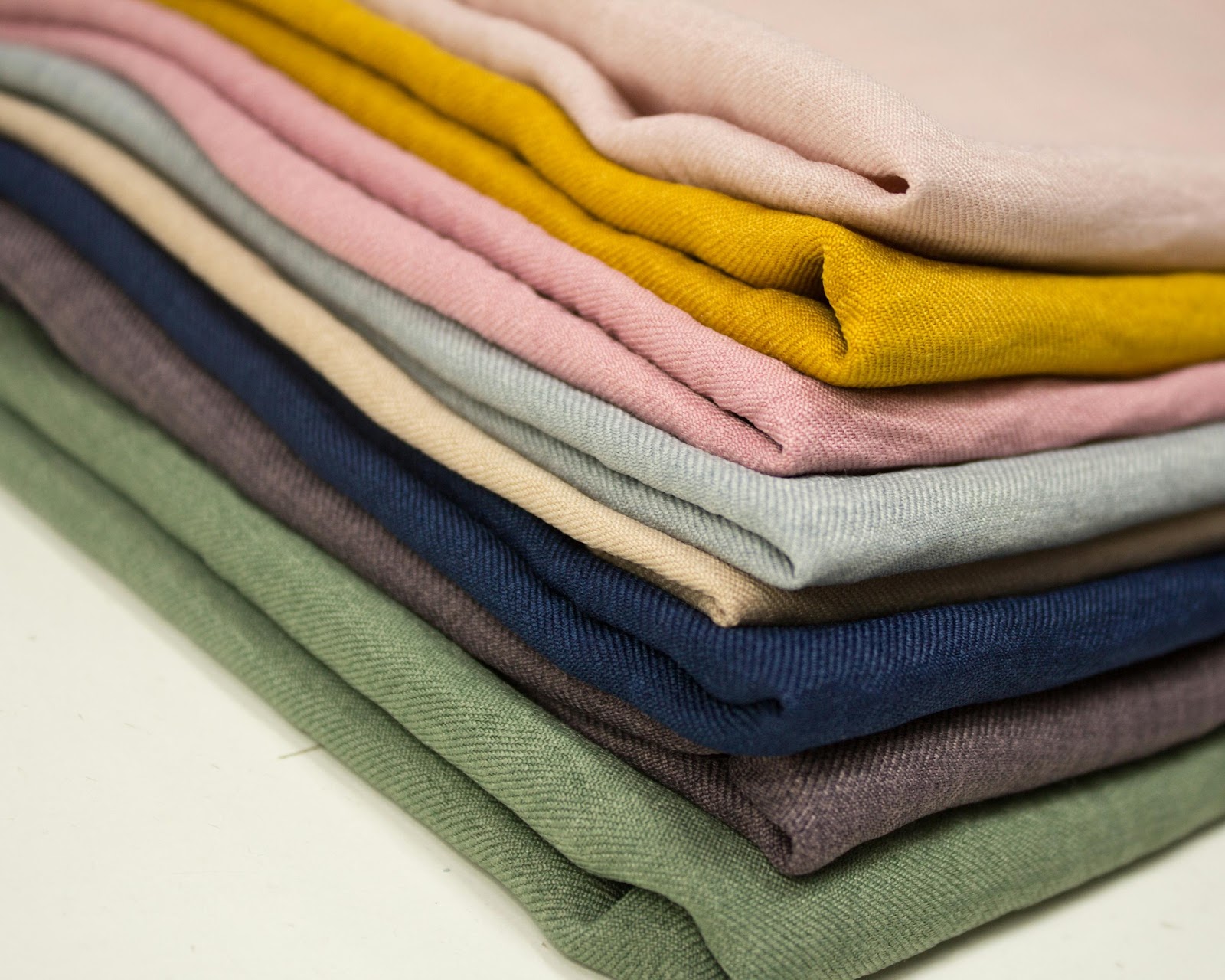
8. Tools and Resources to Try
Here are some tools you can use if you’re ready to dig deeper into finding your color palette:
- Apps:
Apps like Chic AI can help you simplify your search for perfect colors through useful in-app features that offer expert advice.
- Swatch palettes:
- Buy a physical or online swatch palette that matches your season to carry when shopping and use for reference.
- Websites and quizzes:
- Try resources from The Concept Wardrobe, Gabrielle Arruda, or WearPalette. They offer detailed guides and visual examples.
- Stylists:
- A personal color analysis session, either in-person or online, can give you professional and highly customized advice.
9. Why It’s Worth It
Color analysis isn’t just about looking fresh, it also helps you:
- Stop over-shopping: You’ll avoid buying items that don’t look as good on you as they might have seemed.
- Coordinate your outfits: Your clothes go together better instead of clashing and are more versatile.
- Get dressed faster: Having more tailored and fit options means more time saved in the morning.
- Feel more confident: When colors enhance your skin, eyes, and overall look, you’ll feel more in-tune with your outfit and your spirit lifts.
- Express yourself: Outfit color tells a story about who you are: playful, bold, calm, romantic, creative.
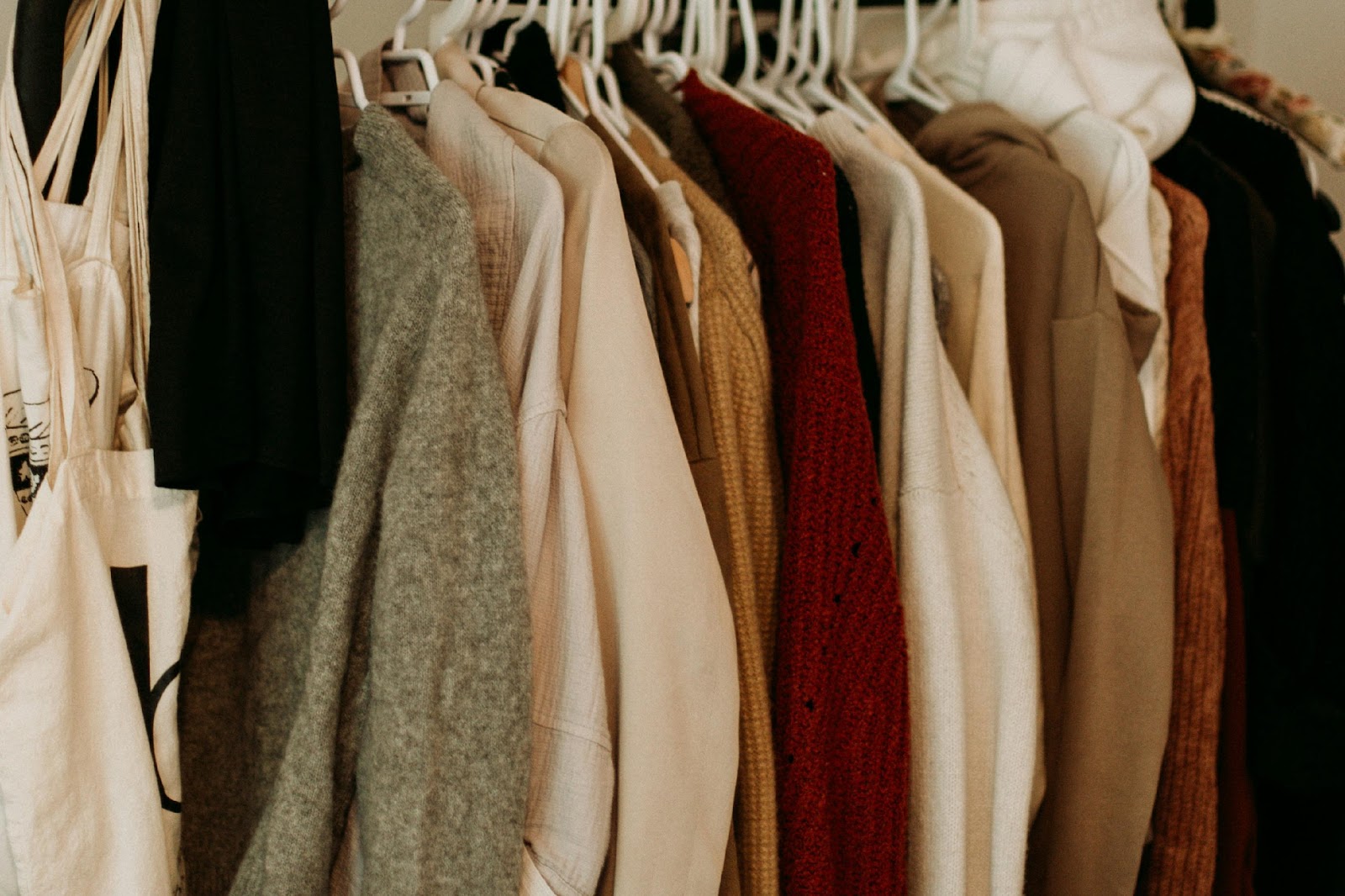
10. Next Steps: Where to Begin
If this is all new to you, just take it one step at a time. Start with thinking about what colors already make you feel good, then try a few tests and experiments. Just by trying and looking at yourself in the mirror you’ll be able to notice the colors that make you stand out. Keep in mind that you don’t need to redo your whole wardrobe, just build slowly and efficiently by getting pieces you currently miss or trying a few new pieces in different colors. If you’d like confirmation from a stylist, you can book a session with a professional that can discover which color palette suits you best, or you can try our app, Chic AI, for a quicker and less expensive expert opinion based on an analysis of the photos you upload.
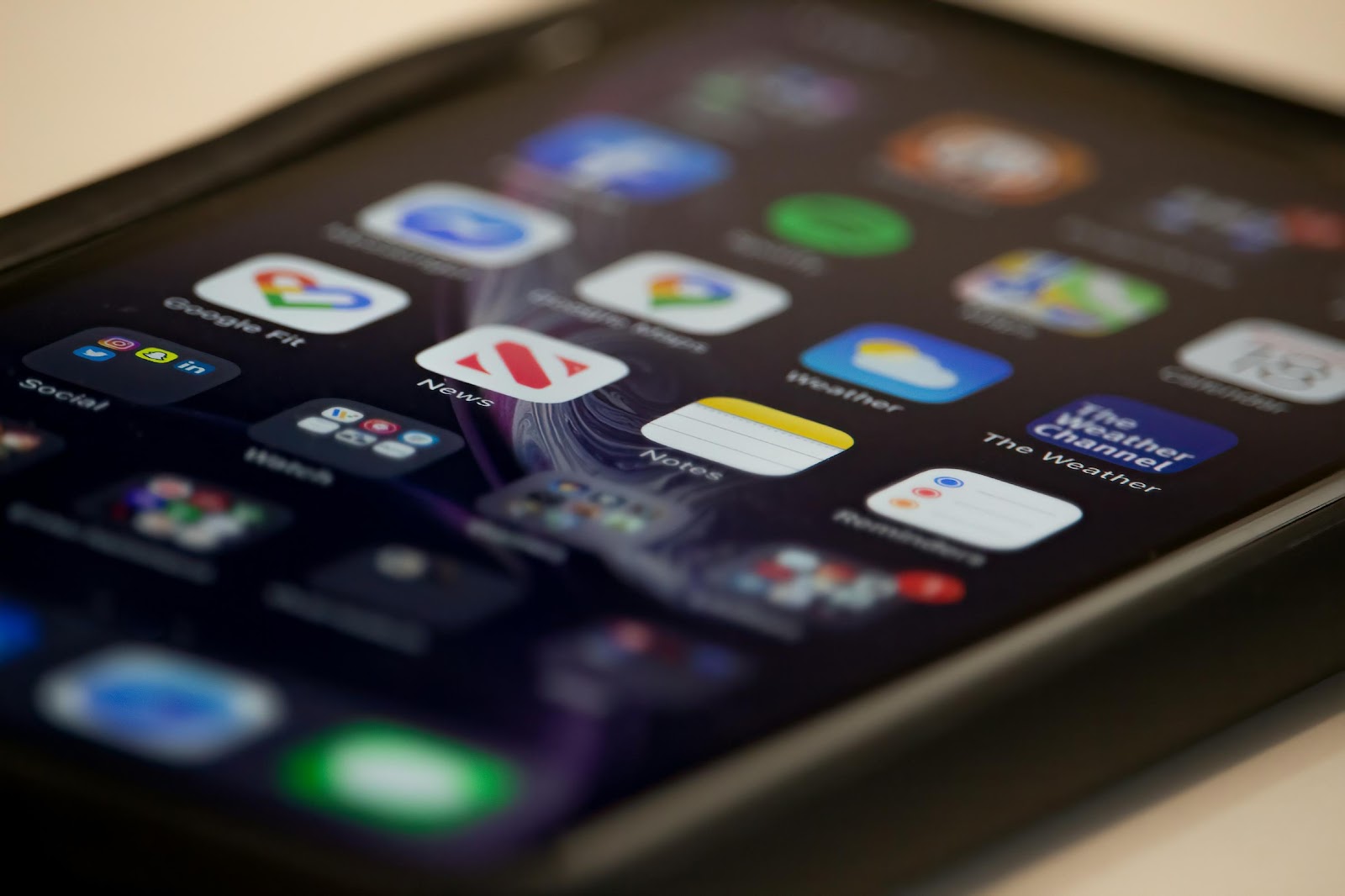
11. How Chic AI Can Help
Chic AI makes color analysis accessible and easy. You simply upload a few photos, and the app uses smart technology to suggest your most flattering colors, including your best neutrals, accents, and even metals. It’s like having a personal color consultant in your pocket.
With Chic AI, you can:
- Receive expert insights on color coordination and style compatibility
- Shop smarter by getting suggestions for new pieces that fit your existing wardrobe
- Organize your wardrobe by color family
- Preview outfits based on your palette
- Avoid buying clothes that you’ll never wear
It’s especially useful if you’re starting to build a wardrobe from scratch or you’re unsure what to shop for.
Remember, color analysis isn’t about following rules, it’s about discovering what makes you truly feel like yourself. So, whether you’re a deep autumn, a soft summer, or something else entirely, your palette is out there for you to discover, waiting to be integrated into your wardrobe.
If you also want to learn how to build a capsule wardrobe or find your personal style, we have informative and helpful articles on these topics that you can check out.